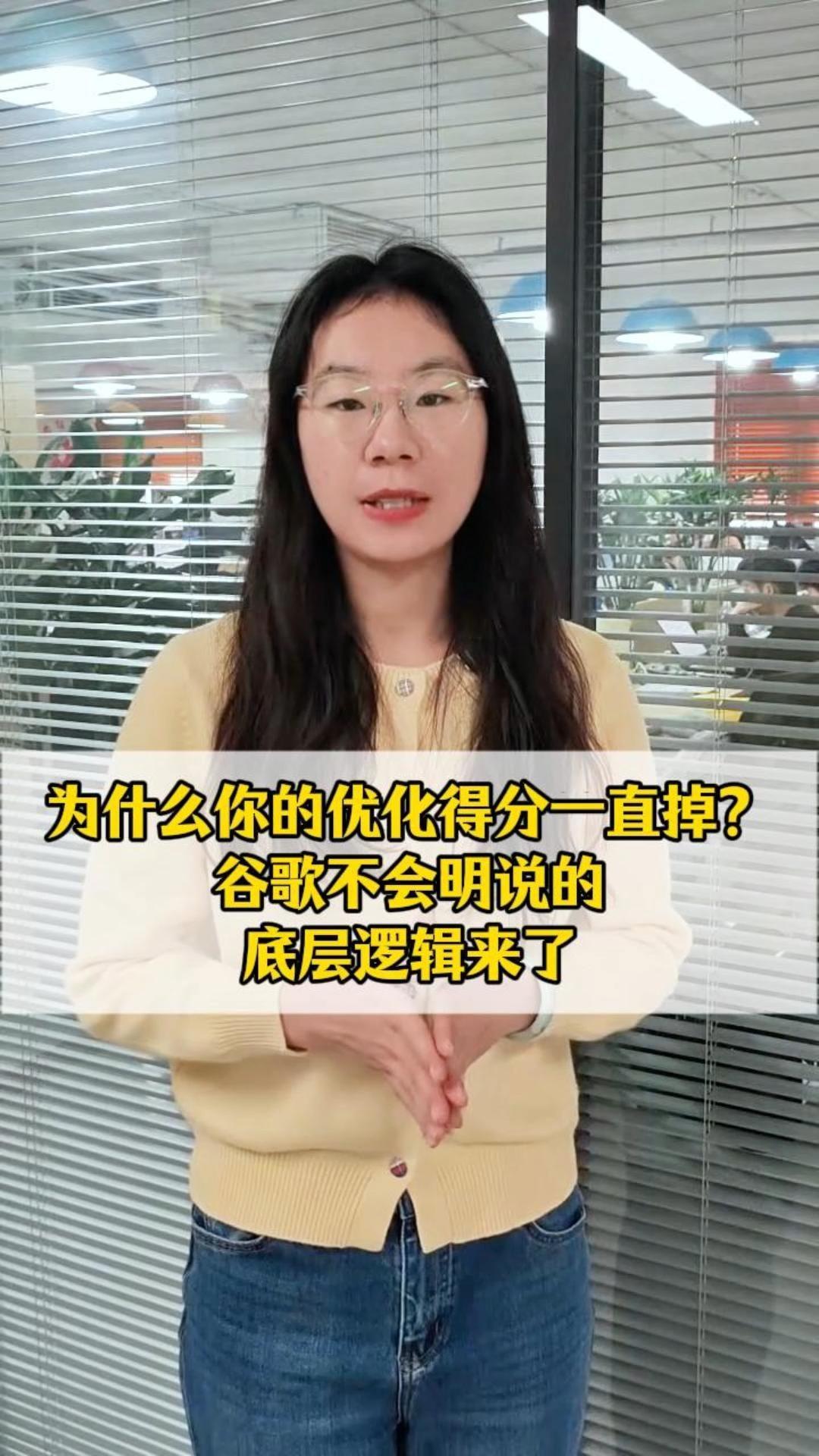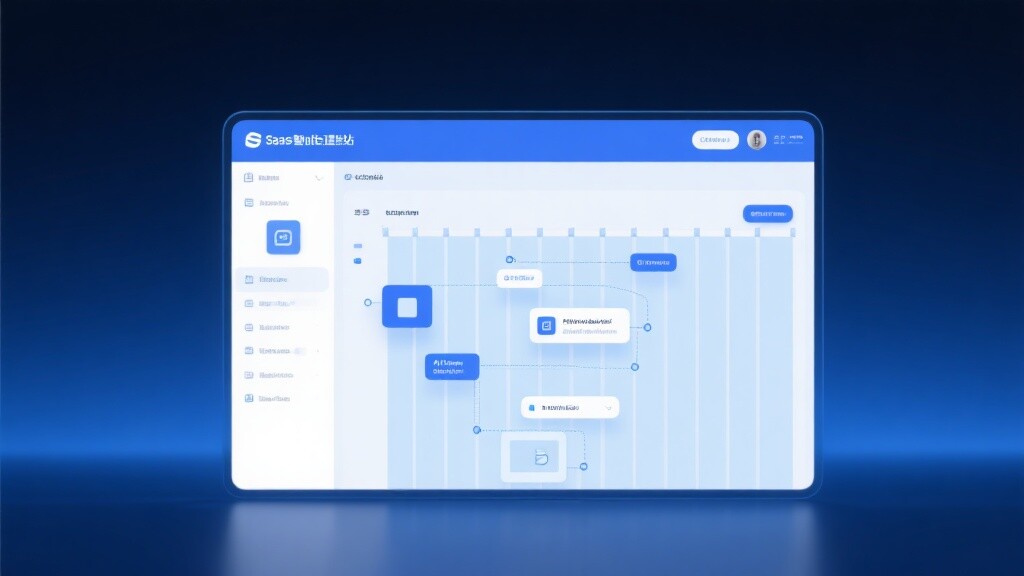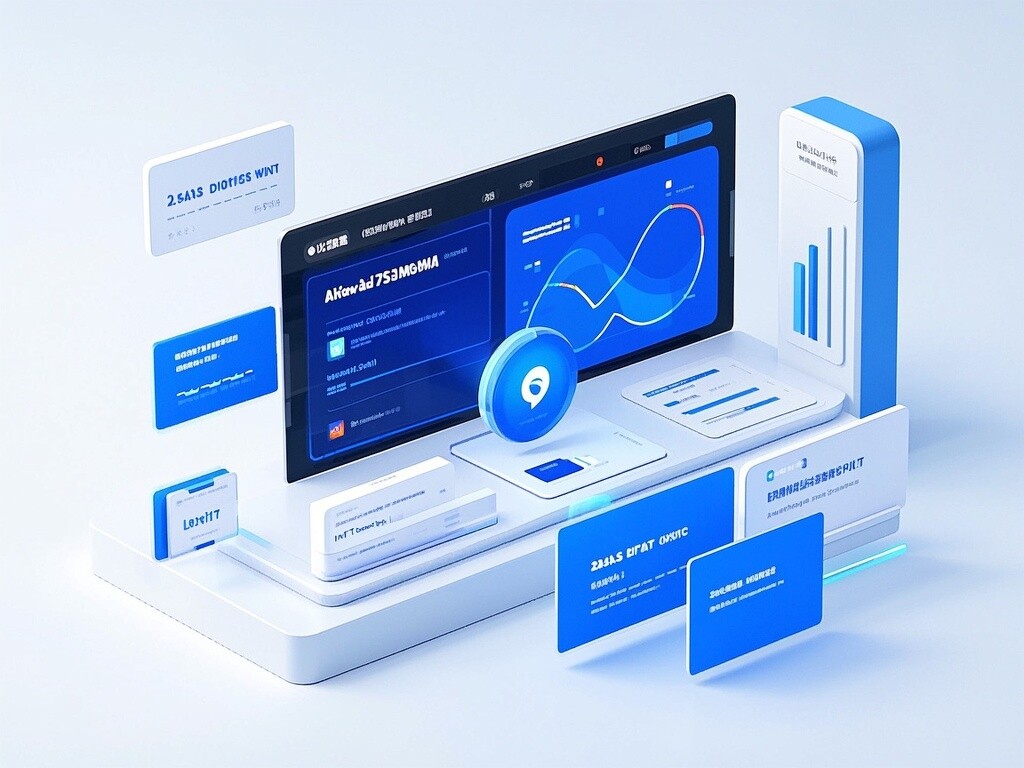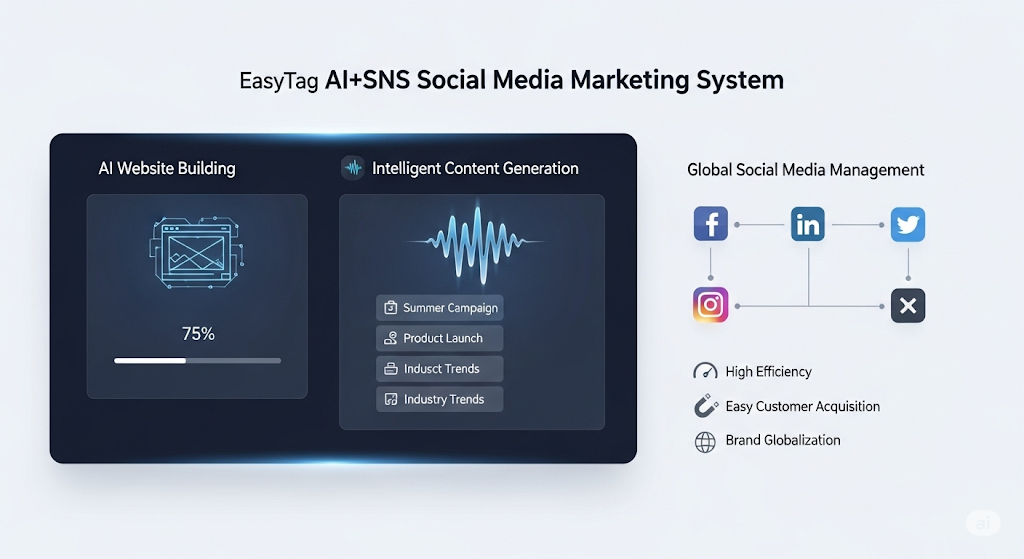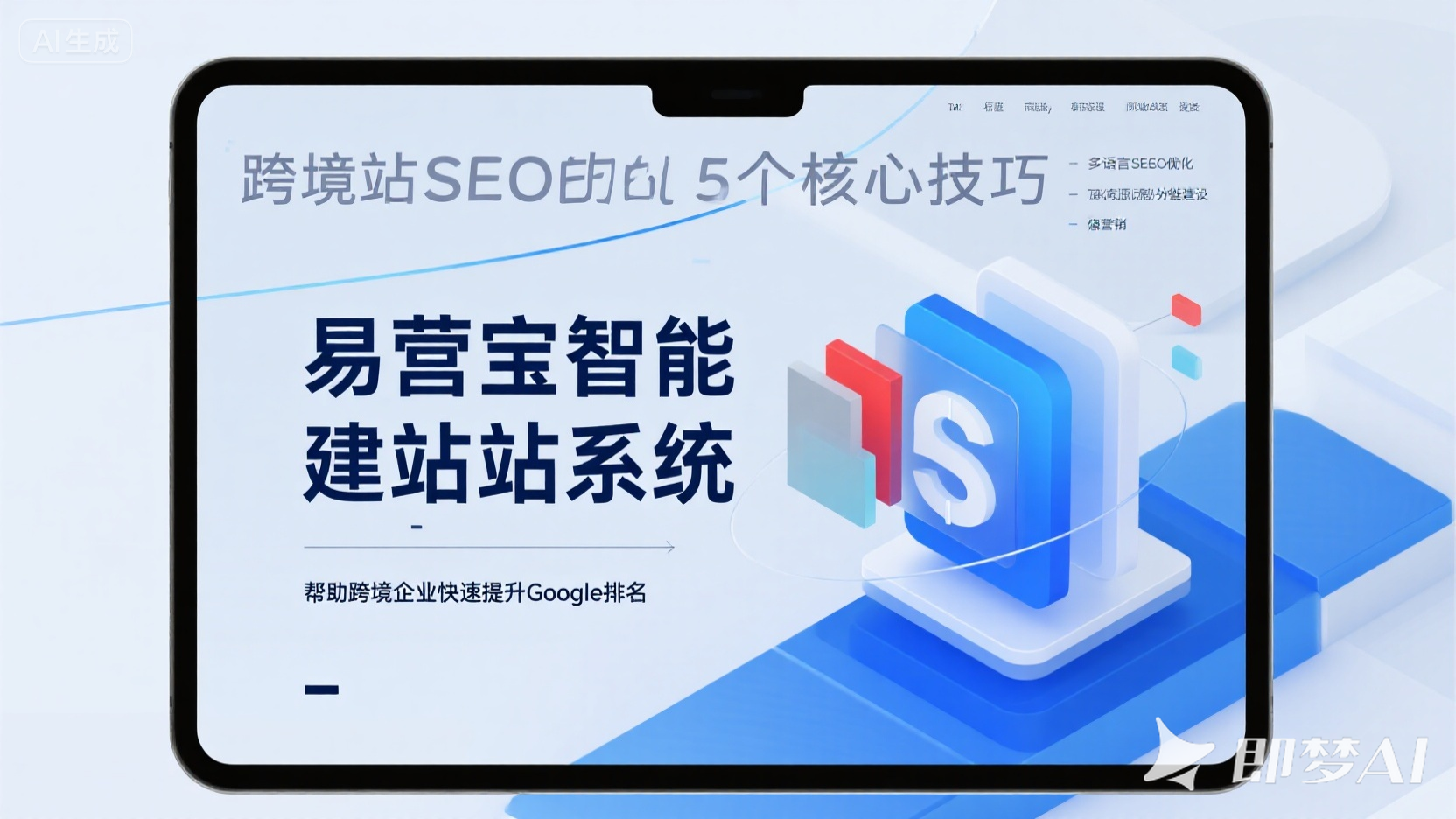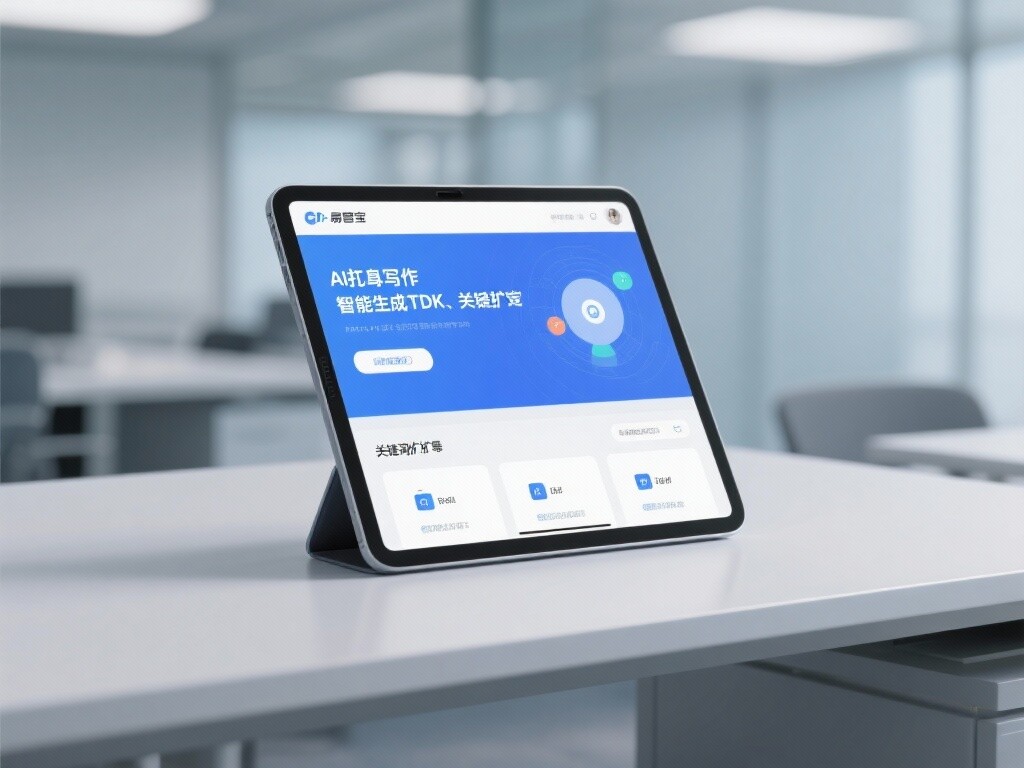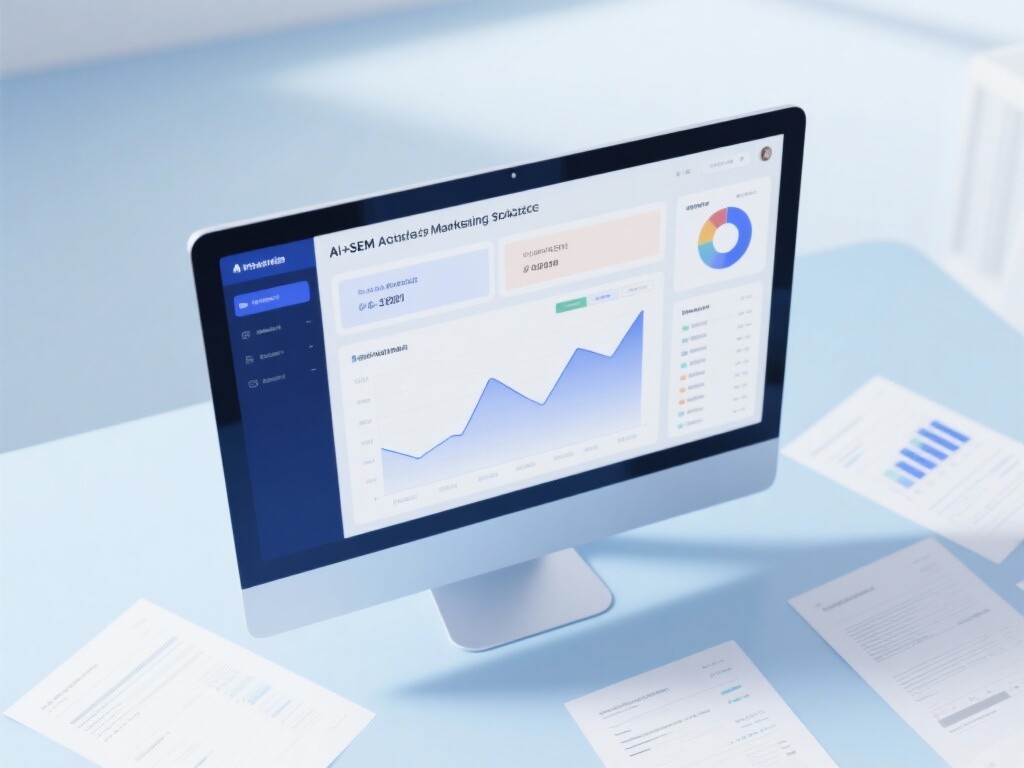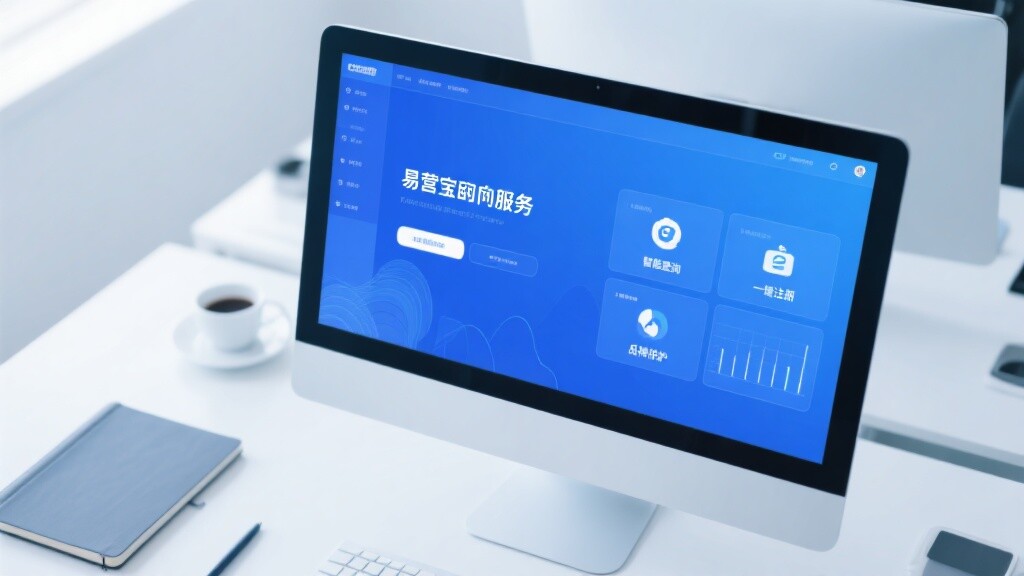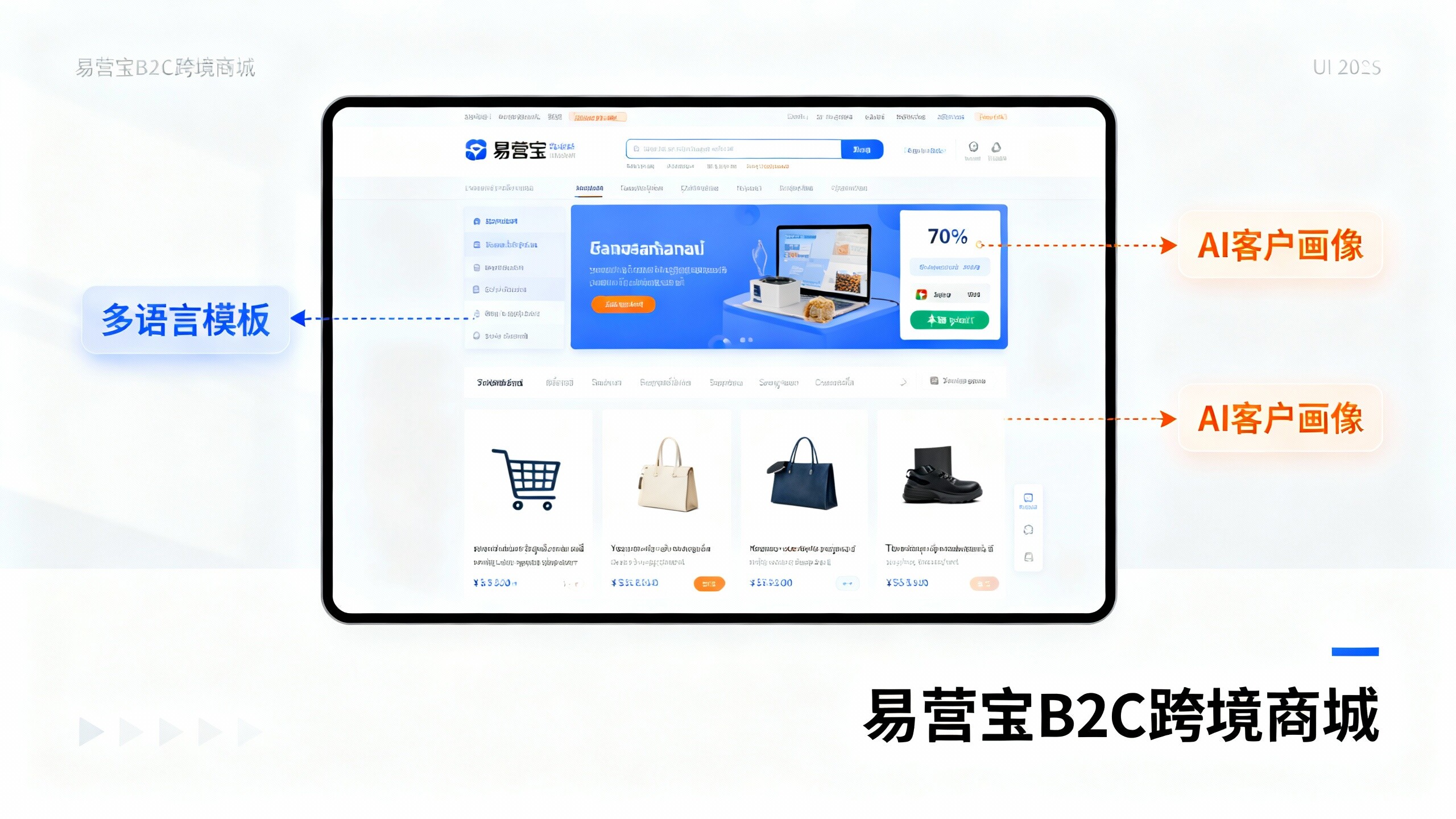- Enterprise SaaS Website Platform Comparison: Eyingbao vs Traditional Website Solutions2025-12-12View Details
- 2024 Smart Website Industry Analysis: Enterprise Service SaaS Report Interpretation2025-12-12View Details
- Eyingbao SaaS CMS Platform vs. Competitors: Which is More Suitable for Foreign Trade Enterprises to Build Websites?2025-12-12View Details
- Website platform user research: What are the top 3 core needs that businesses are most concerned about?2025-12-12View Details
- How to Choose a Schema-Ready Website Builder in 2024? 5 Key Factors Analyzed2025-12-12View Details
- Cross-border SaaS Website Builder Selection: 5 Key Technical Parameters Project Managers Must Consider2025-12-12View Details
- International Digital Marketing Trends: How Can a Multilingual Website System Boost Conversion Rates?2025-12-12View Details
- How to Build a Foreign Trade Independent Website? 3 Steps to Create a Smart Site Supporting 10+ Languages2025-12-12View Details
(Next) Budget Doubling = Disaster? Facebook Ad Scaling Pitfall Guide
1. The Death Line of Budget Adjustment: Every Operation Affects Algorithm Performance
Based on monitoring data from Easypilot AI Ad Manager covering over 100,000+ ad accounts, Facebook budget adjustments exhibit significant threshold effects. When daily budget adjustments exceed 20%, 67.3% of ad sets will experience a fluctuation period with ROAS dropping over 15%, requiring an average of 3-5 days to restore original performance.
1.1 Risk Levels of Different Adjustment Scales
1.2 Special Scenario Solutions
For newly launched ad sets with initial budgets over $50, the Easypilot diagnostic system found that direct budget doubling results in 82% failure rate. The Incremental Scaling Method should be adopted:
- Control first-day increase within 15%
- After maintaining stable ROAS for 3 consecutive days, increase budget by 10-15%
- Enable automated rule monitoring for CPA fluctuations upon reaching target budget
2. Decision Tree for Scaling During Learning Phase: How to Judge with Limited Data
When ad sets are still in learning phase (<50 conversions) but continue to generate orders, budget increases require comprehensive calculation:
Minimum Budget Threshold = Target CPA × 50 (Facebook official recommendation). For example with $10 target CPA, ensure ad accounts have at least $500 for system exploration.
2.1 Profit Space Evaluation Model
Using Easypilot's ROI Simulator for quick measurement:
- If product gross margin ≥40%, 20% CPA increase is acceptable
- For 20-40% gross margin, set CPA alert threshold
- When gross margin <20%, strictly control scaling amplitude
3. Emergency Resets: When Scaling Causes Performance Drops
When experiencing sudden ROAS decline, 90% of advertisers make these mistakes: immediate budget cuts, frequent creative changes, premature ad shutdowns. The correct response flow should be:
- 72-hour Observation Window: Record hourly KPI changes
- Diagnostic Tool Intervention: Use Easypilot AI to check if learning phase reset is triggered
- Dual-Track Strategy: Keep original ad set while testing new versions with different audiences
3.1 Cross-Validation of Creative Fatigue
Easypilot's Creative Factory Fatigue Detection Module identifies:
- When single creative impressions >50,000, CTR drop probability increases 300%
- Video ads with <40% 3-second completion rate require immediate optimization
- Dynamic Creative Optimization (DCO) reduces fatigue risk by 65%
4. The Golden Triangle of Sustainable Scaling
From serving 100,000+ enterprises, Easypilot summarizes three scaling success pillars:
Why Choose Easypilot?
As a Meta-certified partner, our AI Ad Manager has helped 327 clients achieve:
- 2.3× improvement in ROAS stability during scaling
- 60% shorter learning phase versus industry average
- Avoidance of 89% budget waste through smart alerts
Book a demo now to receive your Customized Account Health Diagnosis Report, identifying potential scaling risks.
Related articles
Related products

